Estimated reading time: 3 minutes
Researchers at the Harvard John A. Paulson School of Engineering and Applied Sciences (SEAS) have unveiled a groundbreaking lithium metal battery, featured in a recent publication in Nature Materials. This innovation not only promises more than 6,000 charging cycles, surpassing existing pouch battery cells, but also boasts the remarkable ability to recharge within minutes. Lithium metal anode batteries are hailed as the “holy grail” due to their potential to offer ten times the capacity of conventional graphite anodes, with the capacity to significantly enhance the driving range of electric vehicles.
Challenges in Battery Design
A primary obstacle in developing these batteries has been the formation of dendrites on the anode’s surface. These dendrites, akin to roots, can penetrate the electrolyte, leading to short circuits or, in extreme cases, fires. The growth of dendrites is a consequence of lithium ions moving from the cathode to the anode during charging, attaching to the anode’s surface in a process known as plating.
Innovative Solution Using Silicon Particles
In response to this challenge, the research team employed micron-sized silicon particles in the anode to control the lithiation reaction, facilitating the homogeneous plating of a thick layer of lithium metal. Unlike traditional lithium-ion batteries where lithium ions penetrate deep into the anode, the solid-state battery design constrains the lithiation reaction at the shallow surface of the silicon particles. This results in a “chocolate truffle” effect, with lithium metal forming around the silicon core, preventing the uneven surface that leads to dendrite growth.
Performance and Practical Application
The researchers successfully constructed a postage stamp-sized pouch cell version of the battery, notably larger than the coin cells typically used in university labs. Impressively, the battery retained 80% of its capacity after 6,000 charging cycles, surpassing the performance of current pouch cell batteries on the market. The technology has been licensed to Adden Energy, a Harvard spinoff company, which has further scaled up the innovation to create a smartphone-sized pouch cell battery. This development holds significant promise for the practical implementation of these batteries in various industrial and commercial applications.
Insights and Potential for Future Materials
Beyond the immediate success of the lithium metal battery, the research also provides insights into the properties enabling silicon to restrict lithium diffusion. The team introduced a unique property descriptor for this process, offering a potential roadmap for identifying other materials with similar performance. This opens avenues for further exploration and discovery, paving the way for the development of even more advanced battery technologies.
Conclusion
In conclusion, Harvard SEAS researchers have achieved a remarkable milestone in battery technology with the development of a lithium metal battery capable of over 6,000 charging cycles and rapid recharging. The innovative use of silicon particles has effectively addressed the dendrite growth challenge, propelling the technology toward practical applications in diverse industries. Beyond its immediate implications, this research contributes valuable insights into material properties, providing a foundation for the continued evolution of battery design and paving the way for future breakthroughs in energy storage.



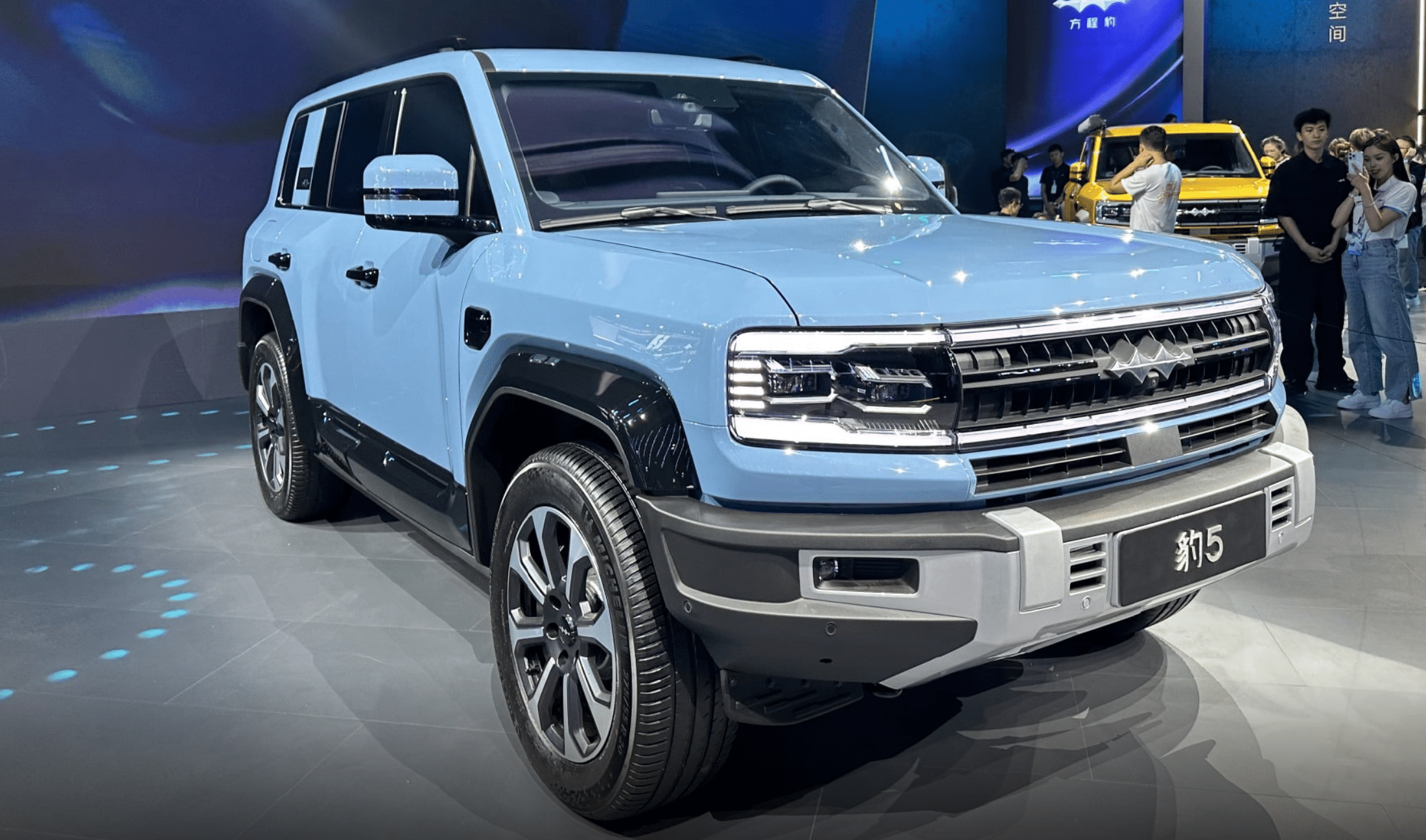


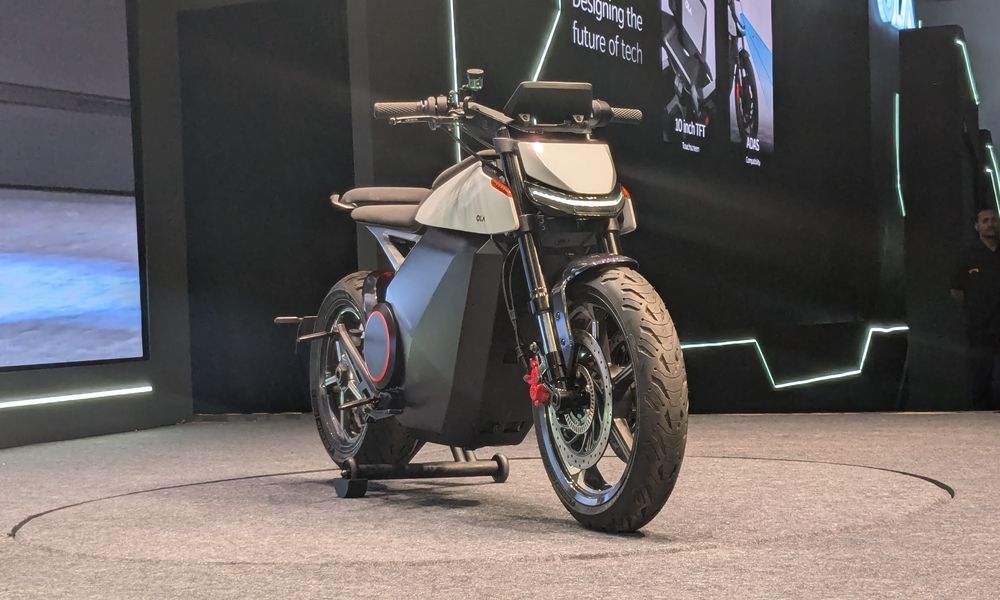
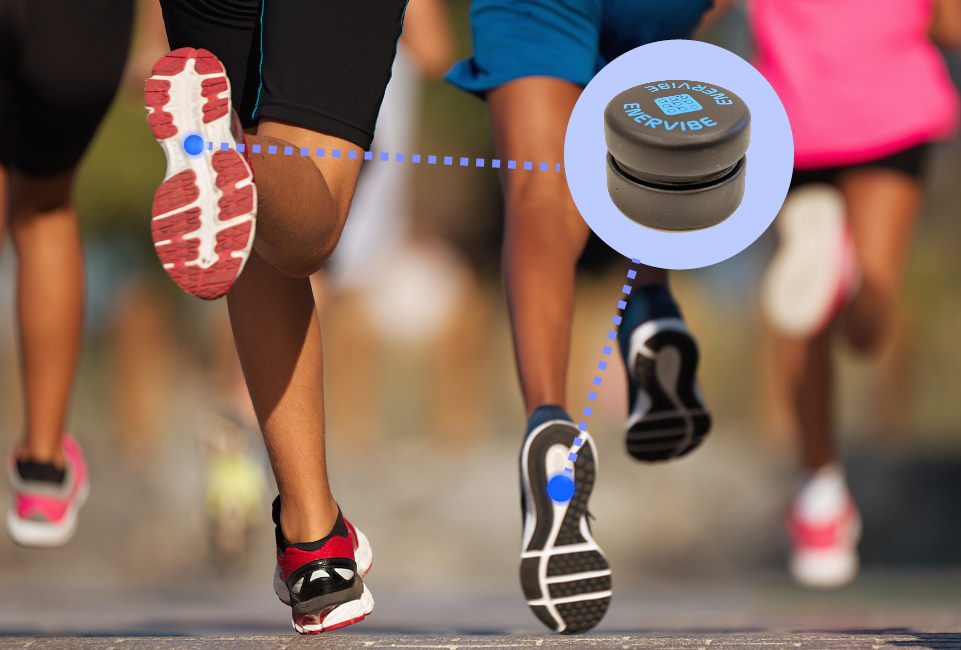






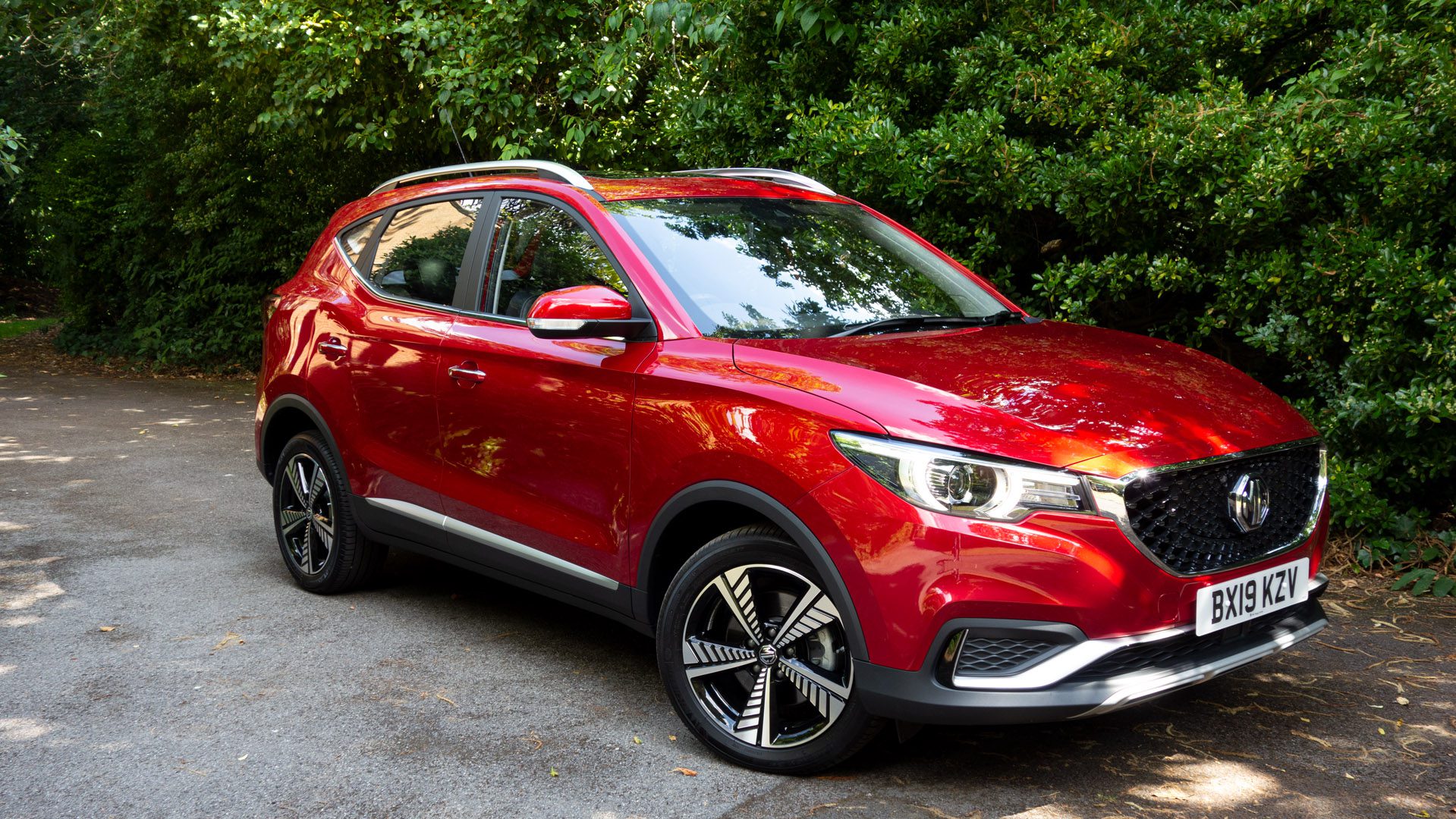
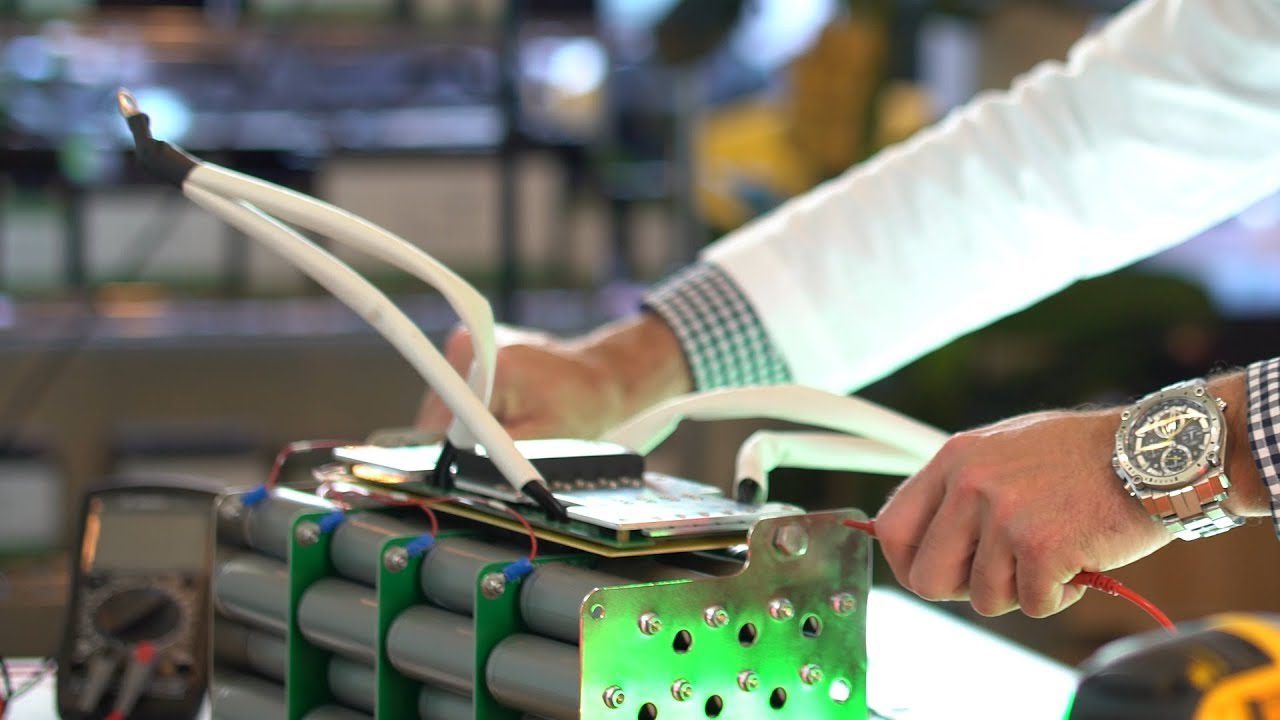
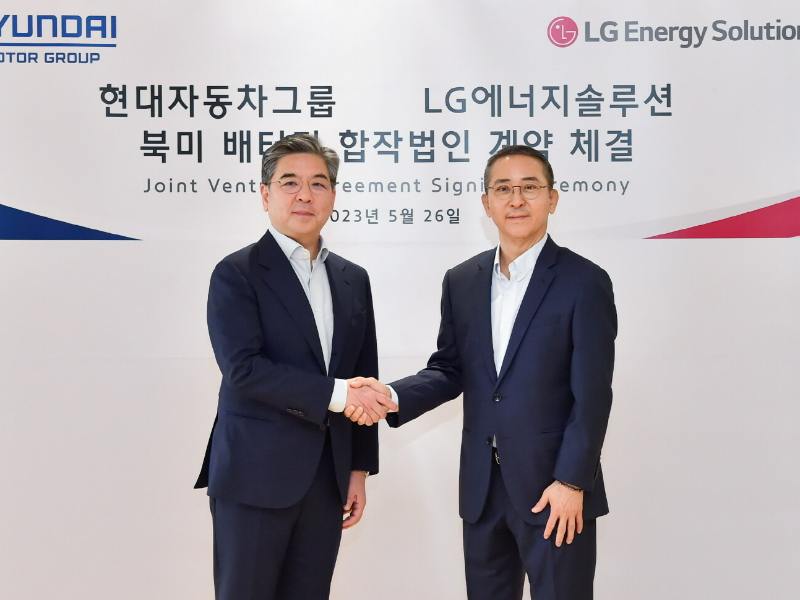




Leave feedback about this